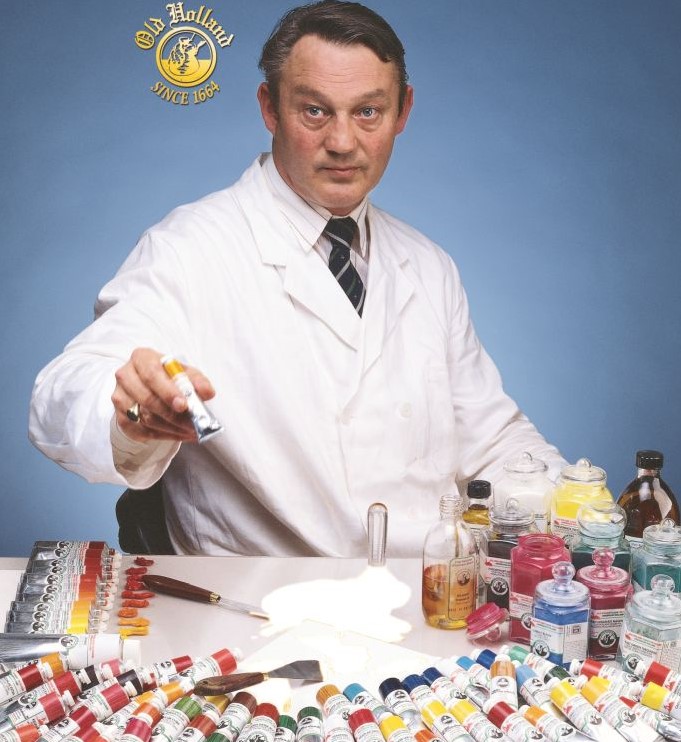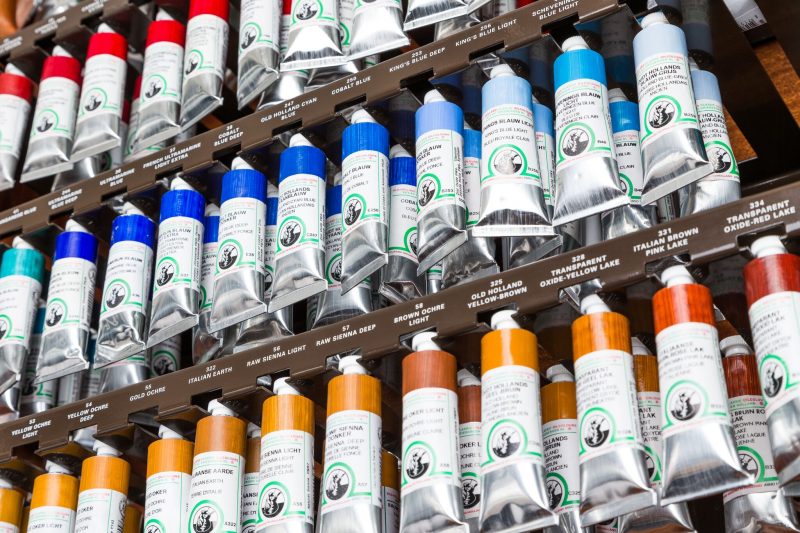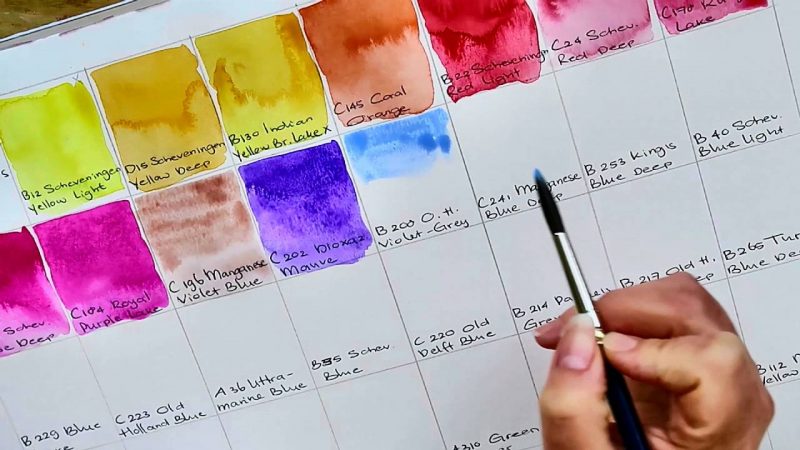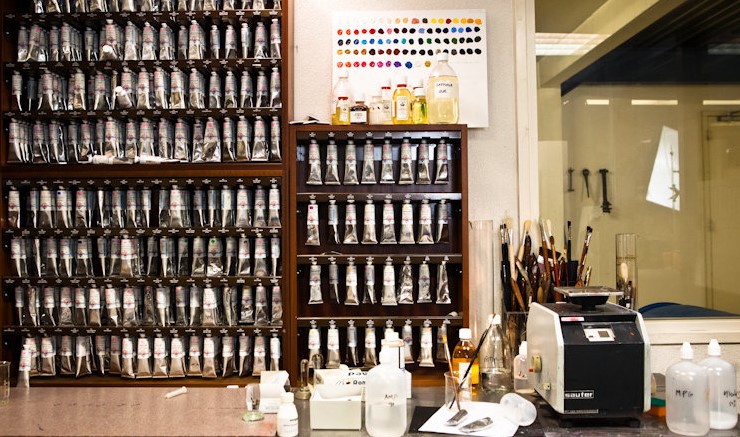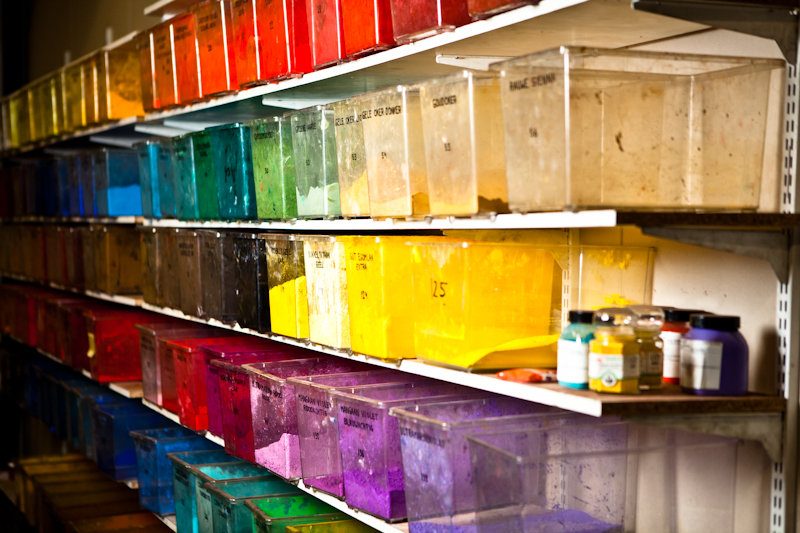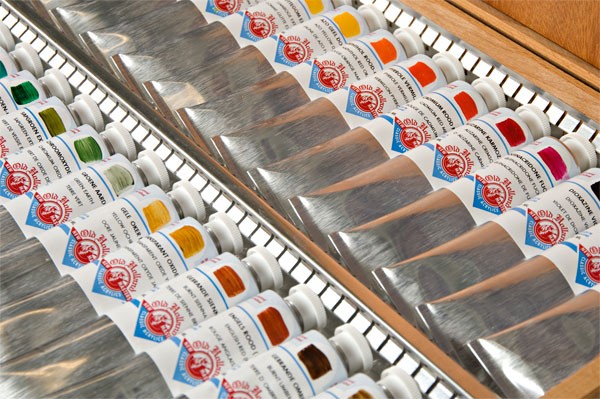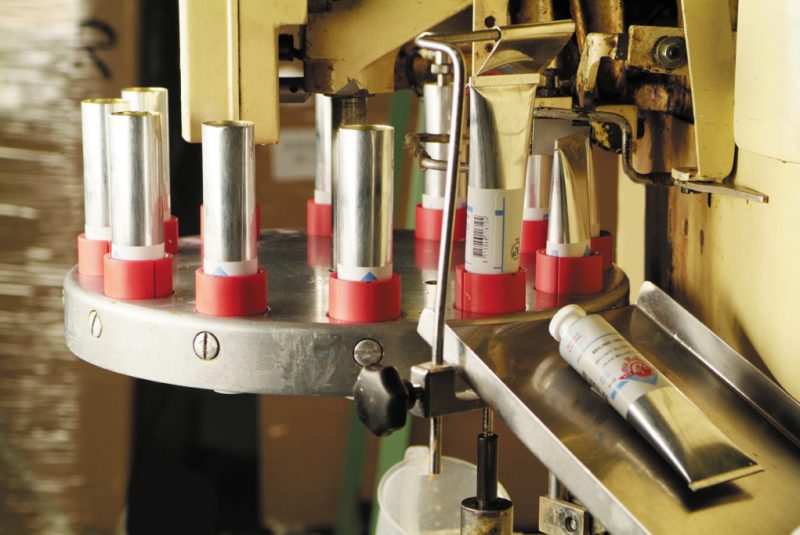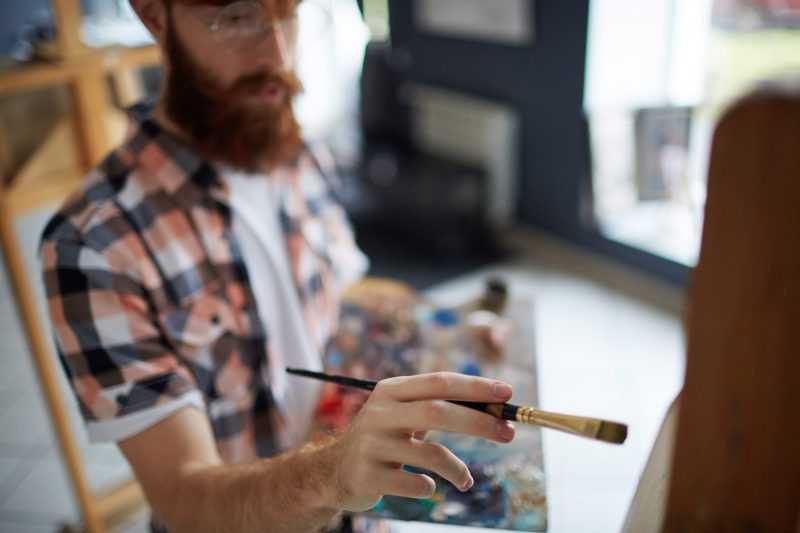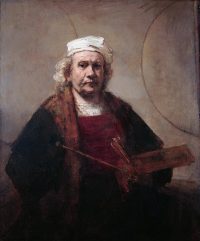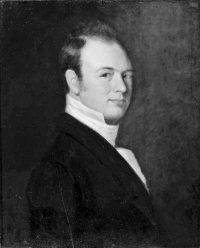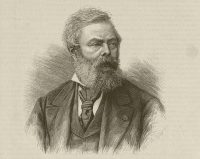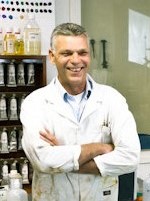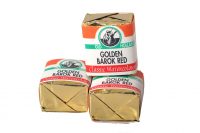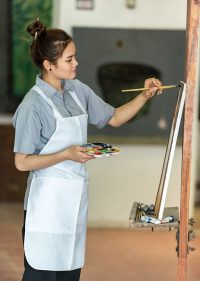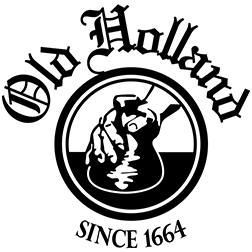
History
At Old Holland we are proud of our rich history. Proud of the heritage of Old Dutch Masters and traditional colour making which we cherish since 1664.
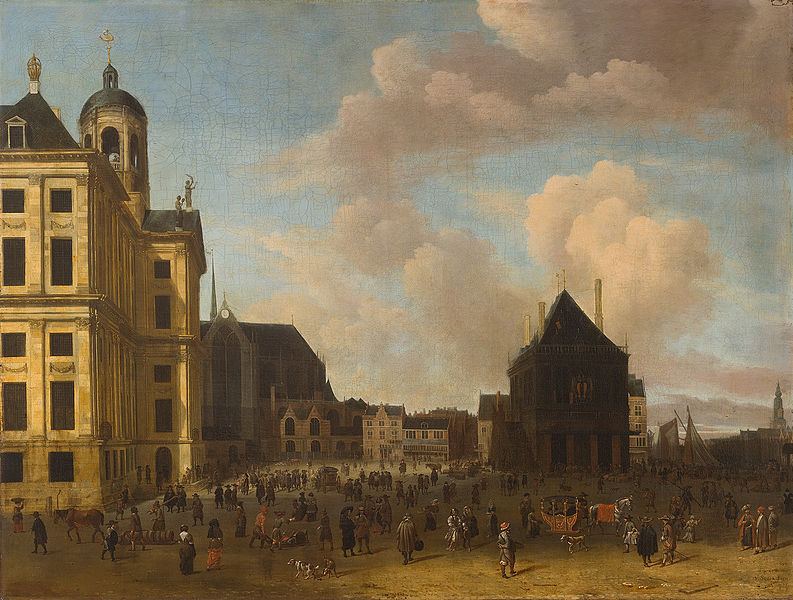
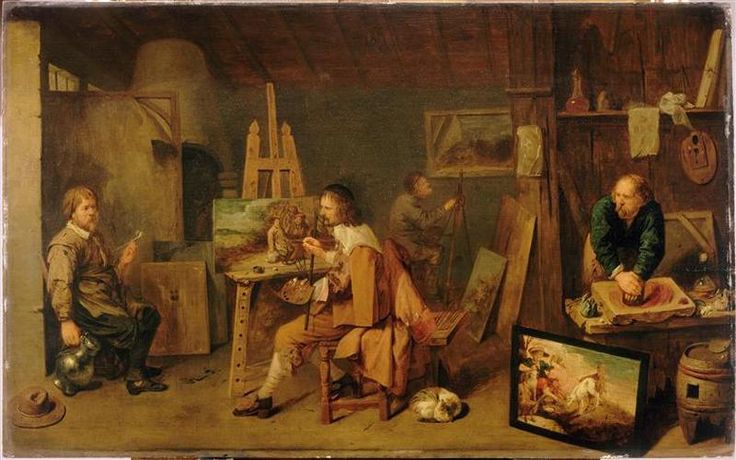
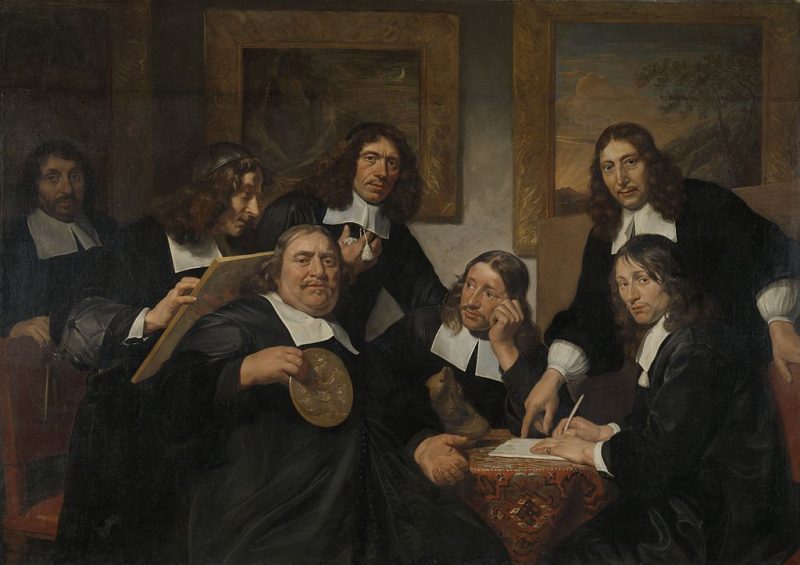
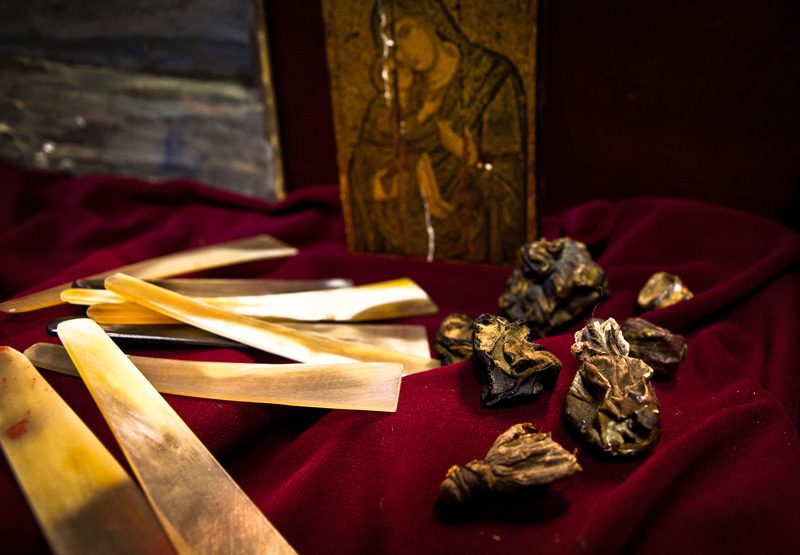
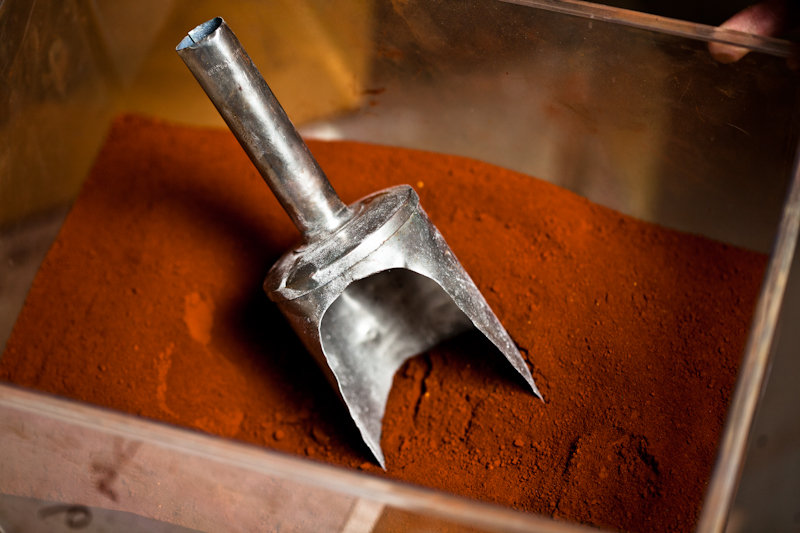
1750
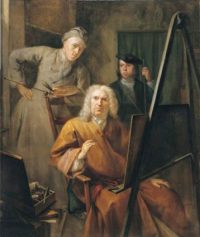
Artists work with just 18 pigments. The manufacturers of the painters’ confraternity start experimenting and mixing colours together. Always with quality in mind. They use cold pressed linseed oil from the first pressing of the seeds to allow optimal drying of their paint. The paint makers continue to improve their recipes. Thanks to the unparalleled quality, the well-known artists of the time also buy their colours from the confraternity.

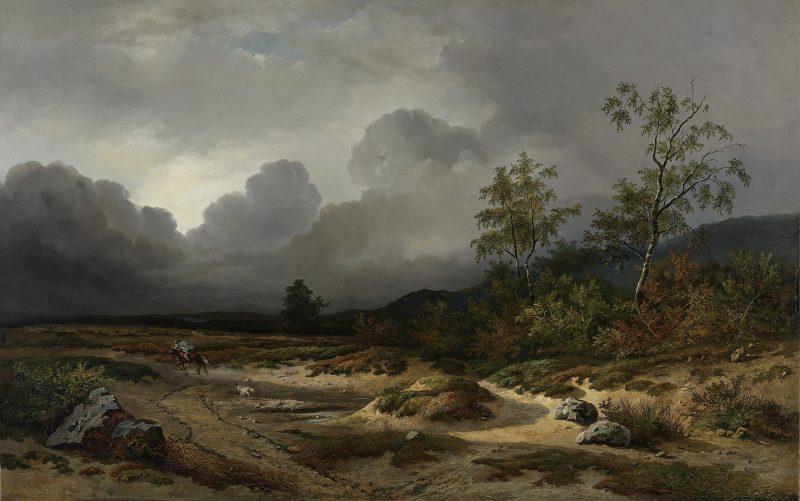
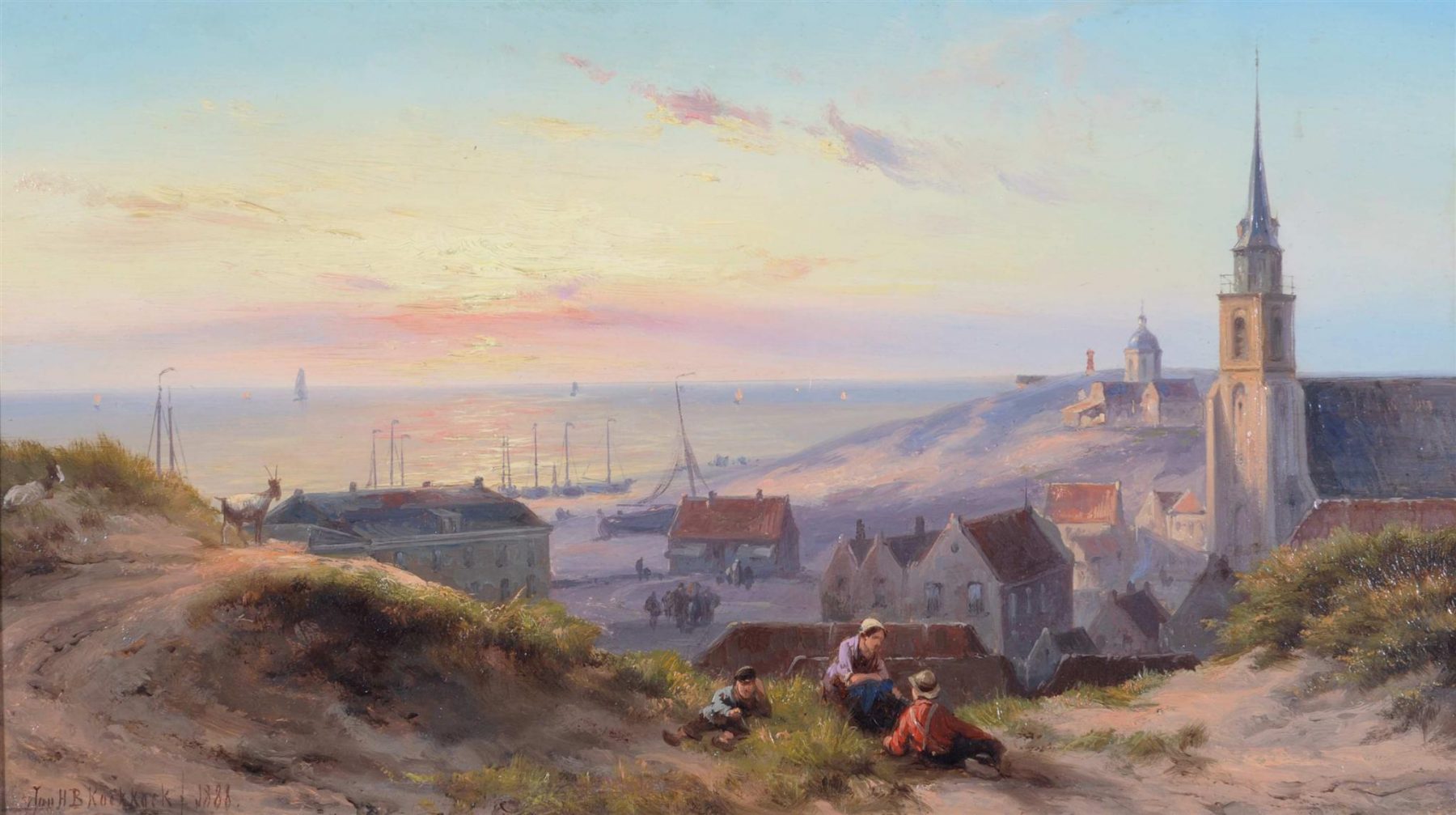
1905
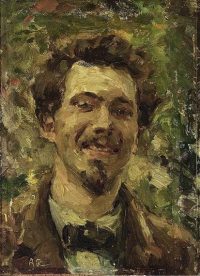
Around 1905, Albert Roelofs succeeds his father at the head of the company. He calls the company Oudt Hollandse Olieverwen Makerij, takes over all the old recipes, engages a chemist and moves the company to Scheveningen, a district of The Hague. In artists’ circles, ‘Scheveningen paint’ stands for quality. Albert Roelofs starts giving painting lessons to Queen Wilhelmina and Princess Juliana.
